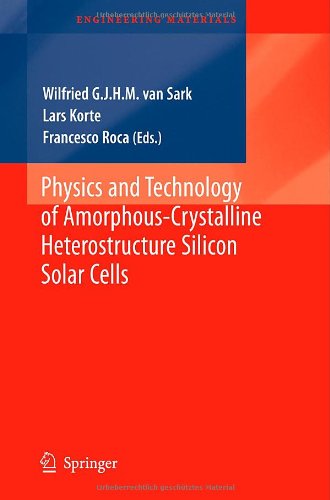

Most ebook files are in PDF format, so you can easily read them using various software such as Foxit Reader or directly on the Google Chrome browser.
Some ebook files are released by publishers in other formats such as .awz, .mobi, .epub, .fb2, etc. You may need to install specific software to read these formats on mobile/PC, such as Calibre.
Please read the tutorial at this link: https://ebookbell.com/faq
We offer FREE conversion to the popular formats you request; however, this may take some time. Therefore, right after payment, please email us, and we will try to provide the service as quickly as possible.
For some exceptional file formats or broken links (if any), please refrain from opening any disputes. Instead, email us first, and we will try to assist within a maximum of 6 hours.
EbookBell Team

4.0
76 reviewsToday’s solar cell multi-GW market is dominated by crystalline silicon (c-Si) wafer technology, however new cell concepts are entering the market. One very promising solar cell design to answer these needs is the silicon hetero-junction solar cell, of which the emitter and back surface field are basically produced by a low temperature growth of ultra-thin layers of amorphous silicon. In this design, amorphous silicon (a-Si:H) constitutes both „emitter“ and „base-contact/back surface field“ on both sides of a thin crystalline silicon wafer-base (c-Si) where the electrons and holes are photogenerated; at the same time, a-Si:H passivates the c-Si surface. Recently, cell efficiencies above 23% have been demonstrated for such solar cells.
In this book, the editors present an overview of the state-of-the-art in physics and technology of amorphous-crystalline heterostructure silicon solar cells. The heterojunction concept is introduced, processes and resulting properties of the materials used in the cell and their heterointerfaces are discussed and characterization techniques and simulation tools are presented.